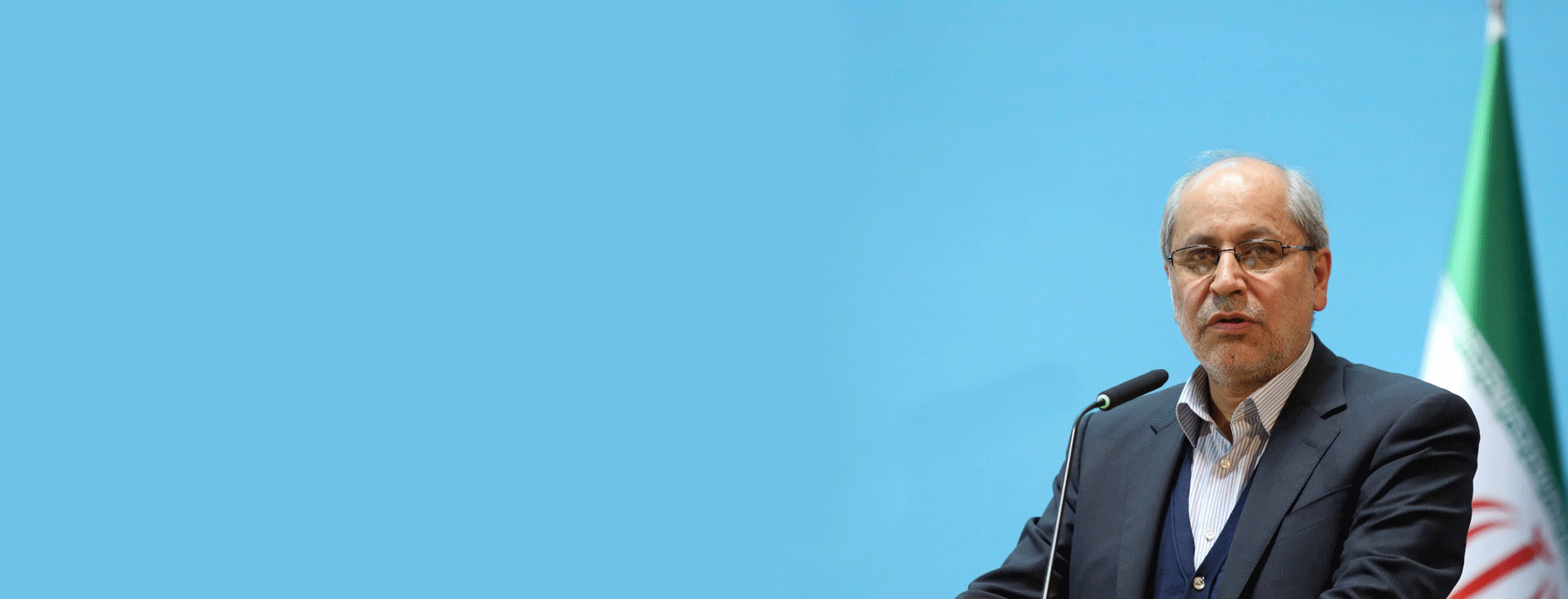Iran’s economic recovery will be slow, as multiple problems need resolution before stable growth, according to presidential advisor, Masoud Nili.
Restructuring the banking system should be the main focus for the government for boosting consumer spending and increasing lending.
Despite a savvy management of the ruinous situation inherited by the administration of President Hassan Rouhani, some sections of the public are disappointed, mostly because expectations from the administration were too high. The public expected a swift recovery on the back of foreign investment after the nuclear deal between Iran and world powers.
However, US sanctions unrelated to the nuclear program, are holding foreigners back, Eghtesad Online reported.
America’s non-nuclear sanctions are hurting Iran in two ways. The “primary” ones ban American companies and individuals from dealing with Iran, subject only to a tightly controlled list of exceptions that include food, medicine and commercial airliners (Boeing has just signed a big order with Iran).
“Any transaction that passes through an American bank or insurance company, even tangentially, or uses the dollar, or involves an American citizen working for a foreign company, is theoretically subject to sanctions. This is creating a chilling effect on the financing of even non-American trade and investment,” according to The Economist.
Apart from sanctions, the Iranian economy is also challenged because the government has an unknown but large (could reach half of GDP) debt to settle with banks and contractors, and “its long-term irreducible obligations have a mismatch with the government’s short-term revenues”, Nili said.
“Because of the government’s dominant political status, none of its obligations has a framework or concrete contract. Governments could easily force institutions to accept these terms. These are debts that have no set maturity date, repayment schedule or provisions for dealing with default.”
The government has resorted to issuing bonds, for the first time to turn bad debt into good debt. This could slowly free up some resources to banks that are short of liquid assets. This liquidity shortage has led to competition over deposits, leading lending and borrowing rates higher. Though the cycle has reversed, interest rates remain prohibitively high.
Businesses that do borrow are taking large risks.
On the other hand, high interest rates encourage savers to postpone consumption and investment. It is much better to deposit money at a bank when they offer 18% interest.
“The credit crunch has led interest rates to remain high, while inflation in the Iranian economy has dropped markedly,” said Nili.
The added incentive for lower consumption, along with eroded household incomes means people are not spending. Consumer spending is the only thing that can revive the economy, with exports staying out of the picture for a while due to sanctions and weak global demand for Iran’s main products.
Nili points out that consumer spending and low bank lending should be addressed simultaneously. Fixing one without the other would lead to inflation or a rise in unsold inventories as in the past couple of years.
Iran is tangled in a web of problems that will take time to fix. There are no shortcuts and bank balance sheets are the first order of business. As Nili said, there is no magic bullet.


